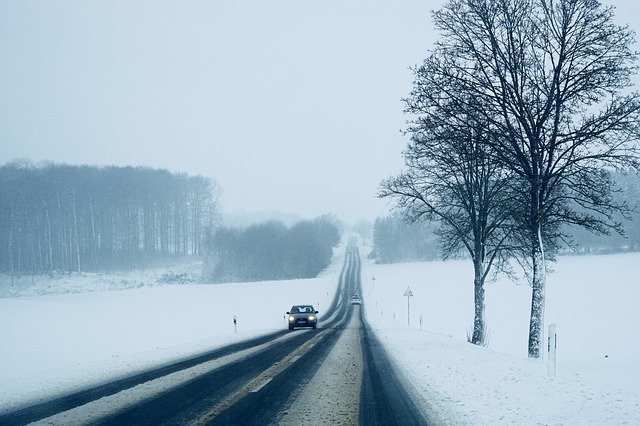
In a new study, researchers suggest that weather patterns that cause dramatic changes in barometric pressure may increase the incidence of a type of stroke.
This stroke is known as spontaneous intracerebral hemorrhage, that is, the rupture of a blood vessel in the brain.
The findings suggest that when it gets colder outside, the corresponding barometric pressure is likely the cause for the increased risk for intracerebral hemorrhage, not just temperature change alone.
This is a collaborative study led by a neurologist at Rush University Medical Center and an environmental scientist at the University of Illinois at Chicago.
Previous studies have found that colder temperatures lead to an increased risk for intracerebral hemorrhage.
But it is unknown which of these two is causing the increased risk of hemorrhage.
In the study, The team screened 603 patients who suffered a spontaneous intracerebral hemorrhage (sICH) between January 2013 and December 2016.
The mean age was 61 years, 56 percent of patients were men, 59.1 percent were black and 86.6 percent of patients were diagnosed with high blood pressure.
Hourly temperature, sea level barometric pressure and dew point for the three-year period were obtained from the National Oceanic Atmospheric Administration’s weather stations at Midway and O’Hare International Airports.
The team analyzed the impact of one of these two weather variables when the other is held constant.
Of the 603 patients, 455 (75.5 percent) patients identified had an established date and time when they each last felt normal.
Then, temperature, barometric pressure, and dew point temperature were analyzed for a six-hour period prior to each stroke incident for the patients.
The date and time of the last known normal, which is the time right before hemorrhage, were prospectively ascertained from each patient during a personal interview.
They found that the change in barometric pressure and average barometric pressure are independent, but the change in temperature is influenced by the average barometric pressure.
The results of the study indicate that the influence of weather on the incidence of spontaneous intracerebral hemorrhages is not a chance event.
The findings also suggest that high-risk weather patterns seem to impact patients equally.
The team suggests that there are strong linkages between weather and human health, and scientists should work together to harness the potential to operationalize weather data and weather models to reduce risks to vulnerable populations.
Dr. Rajeev Garg, an assistant professor in the Department of Neurological Sciences at Rush, is the principal researcher of the study.
The study is published in the Journal of Stroke and Cerebrovascular Diseases.
Copyright © 2018 Knowridge Science Report. All rights reserved.
Source: Journal of Stroke and Cerebrovascular Diseases.



